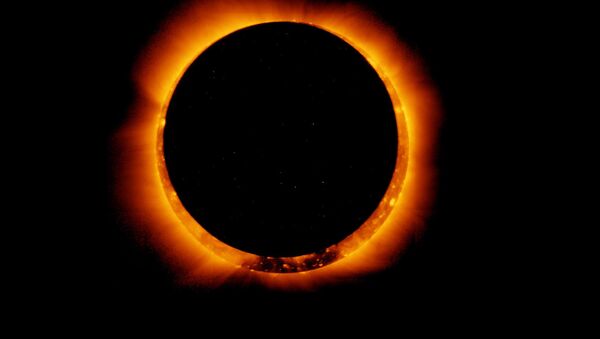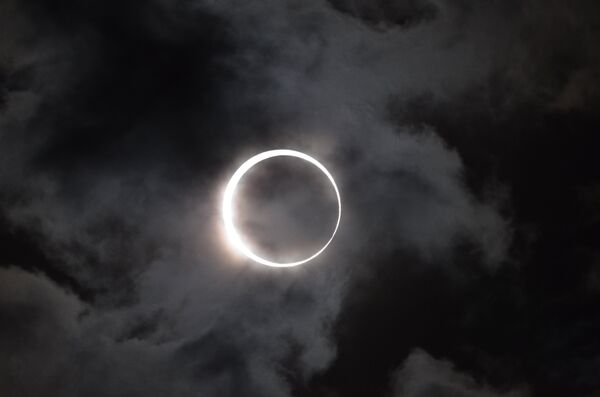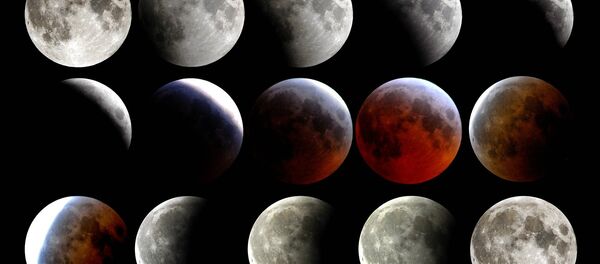The Sunday eclipse will be annular, meaning that during the celestial event the Sun will be visible from behind the moon. This will cause the Sun to appear to some skywatchers as a fiery ring encircling the moon.
The strip where the "ring of fire" will be visible is some 8,500 miles long and about about 45 miles wide, but it mostly passes over water. It will, however, be visible in parts of Chile and Argentina, before crossing the Atlantic and showing itself in Angola, Zambia and the Congo. It will be visible between noon and 4 p.m. GMT, in some places for less than a minute.
The eclipse is anticipated to be visible to almost everyone in the Southern Hemisphere, about 500-million people. As the moon is not entirely eclipsing the Sun, it is known as an annular eclipse, rather than a total eclipse. The last annular eclipse occurred in September 2016, and they are slightly rarer than the total or partial varieties.
Annular eclipses provide an astonishing spectacle for those fortunate enough to see the fiery ring of sunlight, but for other skywatchers it is somewhat less impressive than a total eclipse. A total eclipse is portended by a dramatic darkening of the sky, and then the Sun's outer atmosphere, a superheated "crown" of plasma known as a corona, becomes clearly visible.
2017 is set to be a big year for eclipses, as the February annular eclipse will be followed by an August total eclipse directly across North America. The August eclipse will be clearly visible in all parts of the continental United States, the first total eclipse visible to Americans since 1979.
Those intending to view eclipses are encouraged to wear eye protection while viewing. Staring at the Sun is never a good idea, even when 99 percent of it is blocked by the moon.




